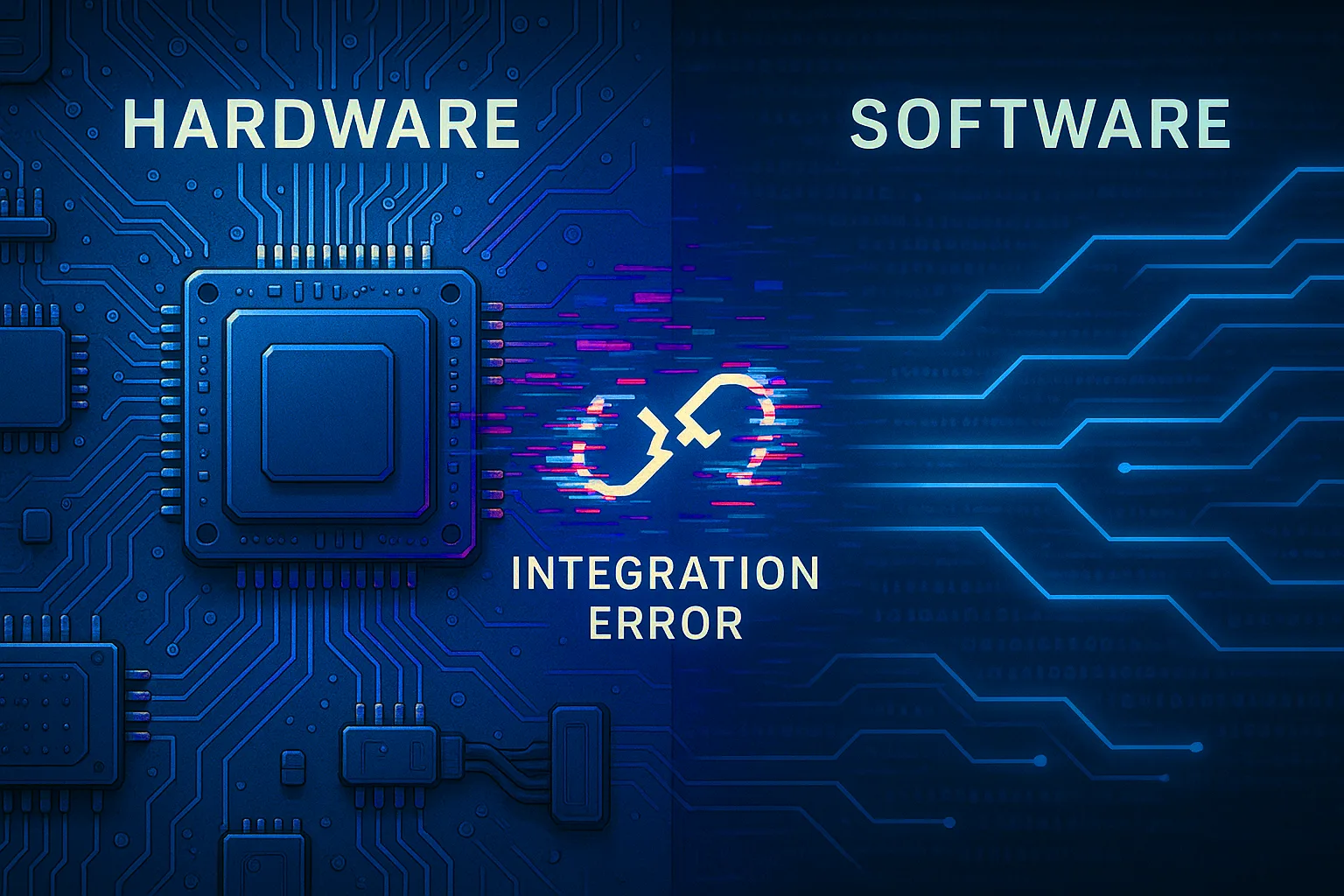Technical debt is like any other debt, easy enough to get into, but hard enough to get out of. If you don’t acknowledge, understand, and manage it, you can easily lose sight of the resulting “interest payments” until, before you know it, you are drowning in debt. But we’ve got you covered. Read on to learn how to keep your head above water.
What is Technical Debt?
Also known as tech debt or code debt, it’s a term used to describe the extra development work that accrues when imperfect code is implemented in the short term, despite it not being the best overall solution. Teams often respond to the pressures of project deadlines by taking shortcuts or writing quick-fix code. Quick-fix code typically has limited applications and is not a robust, finished product. It serves as a placeholder that suffices in carrying out specific tasks but must be replaced at a later stage.
So, what happens when you use quick-fix code and accumulate tech debt? Like any other debt, you accumulate compounded interest. The result is a steadily increasing amount of time needed to fix your code infrastructure later in the project. Just like real debt, you may choose to take on technical debt with the knowledge that you’ll need to pay it back later, but the longer you wait, the more ‘interest’ you’ll pay.
Where Does it Come From?
Several factors can contribute to technical debt, including:
- Business Pressures
- Insufficient Processes
- Hard-coded Functions
- Poor Testing Sets
- Poor Code Documentation
- Inexperienced Developers
- Lack of Collaboration
- Deferred Refactoring
There are two different categories of debt: intentional and unintentional. Intentional debt involves balancing short-term gains (earlier product delivery) for long-term payoffs (poor quality software). Business decisions that lack technical knowledge and time pressures from upper management are two of the most common contributors to intentional technical debt. One of the biggest but seldom discussed causes of unintentional code debt is culture. Lack of collaboration and communication, green developers with little training, poor testing sets and code documentation, and insufficient processes are all part of a larger culture of unhealthy habits.
Is all Technical Debt Bad?
Just like real debt, there are reasons why developers might choose to incur debt. If taking on some technical debt helps your company reach a big goal or deadline, then it might be worth the future “interest payment”. Using quick fixes and shortcuts can help expedite the development process, which allows teams to explore solutions at a faster pace.
By implementing a limited but functional solution, developers can test new ideas and build out new infrastructure without getting bogged down with the time required to create finished code. This allows teams to get products to the early testing phases more quickly, and then circle back to create a more robust solution later. But beware, what may seem like minor payoffs now often become major issues if left alone for too long.
How Technical Debt Can Cripple Development
Whether your tech debt is intentional or unintentional, it always comes with consequences. When you incur enough debt, you reach a point where the codebase can’t support the things you need it to do. When it comes time to pay back the debt it may come at the cost of adding new features or updates that improve your product. It’s estimated that developers spend an average of 13.5 hours a week on technical debt. So, instead of spending time moving the product forward, the team can get mired in fixing quick-and-dirty code.
Accumulating too much technical debt can lead to:
- Unfixed/untracked bugs
- Poor quality, complex code
- Low code cohesion
- Code churn
- Low productivity
- Increased cost
While incurring technical debt may speed up your initial timelines, it will eventually slow your future development pace as you circle back to address the issues caused by taking shortcuts. And if you aren’t tracking and managing technical debt, it makes it almost impossible for project managers to accurately track progress.
How to Manage Your Technical Debt
Debt will only decrease if you have a solid plan for managing it. Yet, a recent survey from Carnegie Mellon’s Software Engineering Institute found that over 65% of respondents have no plan in place for managing their technical debt.
Companies should invest in managing and paying down their technical debt much like they would their financial debt. And it doesn’t have to be a complex, convoluted process. Some simple “best practices” can go a long way to keeping your debt in check, such as:
- Refactoring
- Bug fixing days
- Code Reviews
- Clear coding standards and guides
- Communication between business, management, and developers
You can also minimize future technical debt by creating a culture that puts processes in place that reduce unintentional debt. For instance, you can ensure that junior developers get the training they need to produce work that meets company standards, take steps to improve communication and understanding between technical and business departments on the benefits/costs of technical debt, and develop a clear set of coding standards and practices.
Conclusions
It’s impossible to avoid technical debt altogether. While it’s important to try to eliminate unintentional debt, intentional technical debt is sometimes a necessary and beneficial part of software development. The goal is not to have zero technical debt, but to identify, track, and manage it so you can make smart design, development, and business decisions.





